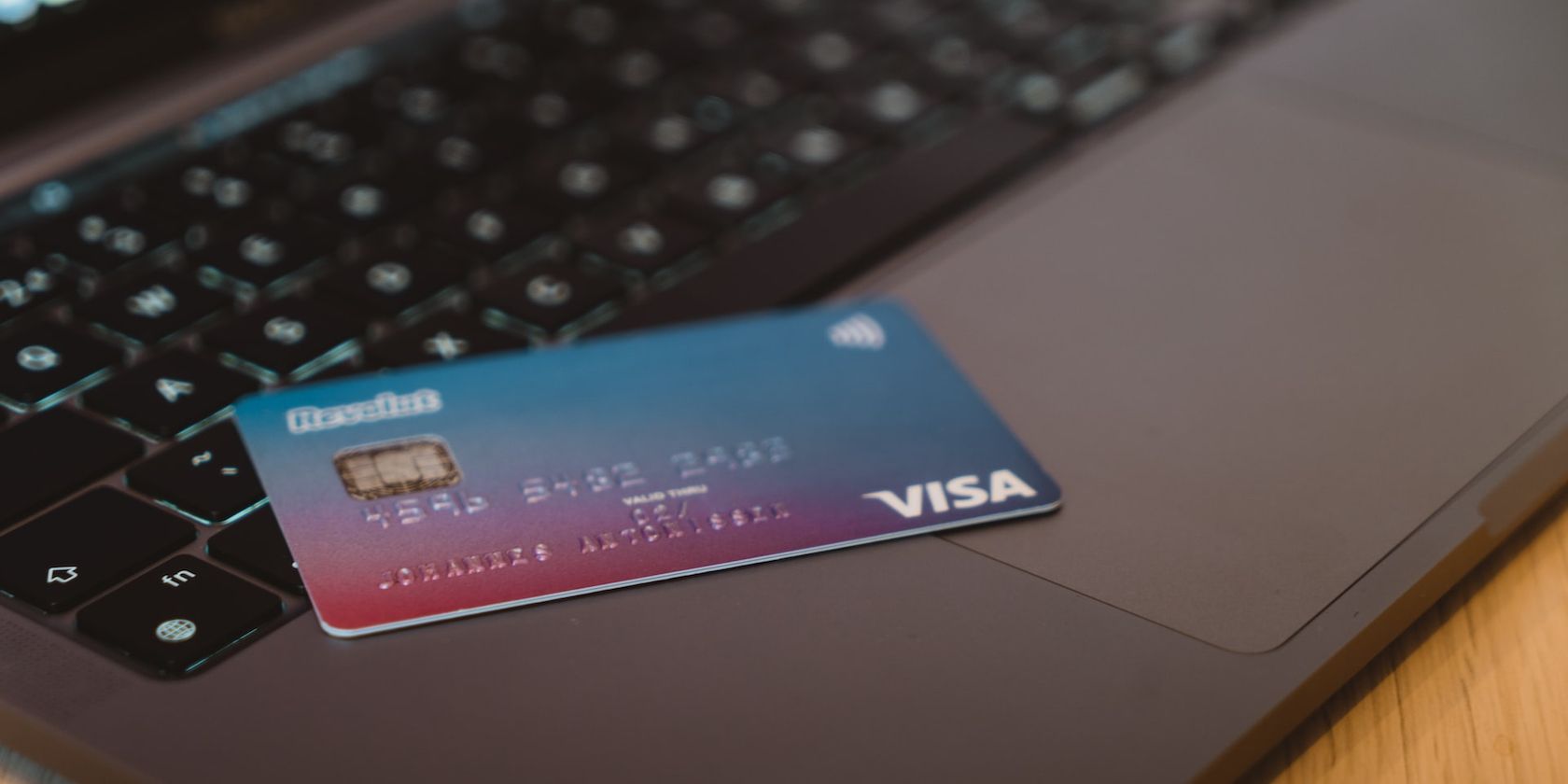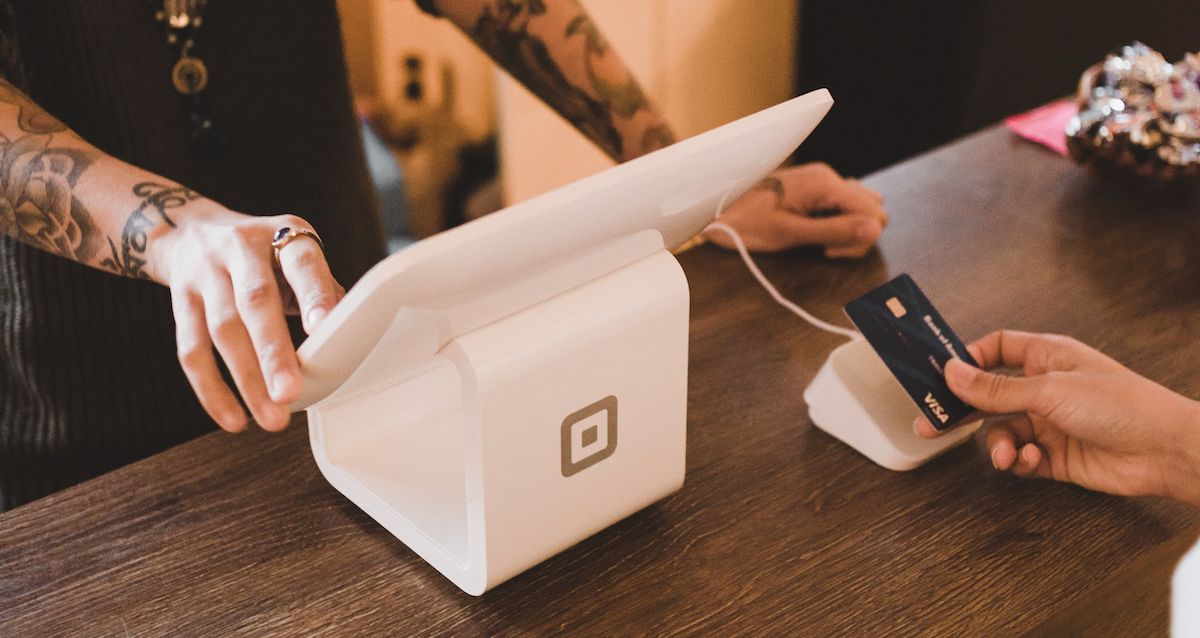Making payments in today's day and age is easy. All you have to do is tap on a payment terminal, and like magic, your transaction is completed.
But how does your transaction go through while using contactless cards? Do they use NFC or RFID? Well, let's find out.
How Do Contactless Cards Work?
Contactless cards use Near Field Communication (NFC) to enable transactions, a subset of Radio Frequency Identification (RFID). Compared to RFID, NFC works for smaller distances in the range of ten centimeters, while RFID technology can transmit data up to 100 meters.
Due to this short range, users must tap the Point Of Sale(POS) terminal to enable transactions. But how does a tap on a terminal enable a payment?
Well, you see, the POS terminal in the merchants' shop transmits electromagnetic waves captured by the contactless card. This card then uses the energy from the terminal to power the Europay, Mastercard, and Visa (EMV) chip and antenna embedded inside the card.
The chip then generates a cryptographic token valid for a single transaction and sends it to the POS using the antenna on the card. After that, the banking network, like Visa or Mastercard, verifies the token's authenticity and completes the transaction.
Are Contactless Cards Safe?
Contactless payments enable users to make transactions quickly as they do not require a PIN compared to traditional transactions, raising questions about contactless payments' security. So, are contactless payments safe?
According to a 2019 Visa report, using EMV reduced the card fraud rate by up to 40 percent in the US. This shows that EMV chip technology that powers contactless payments is much safer than traditional magnetic strip transactions. Also, the short range, low transaction limit, and security mechanism driving contactless cards make them secure enough for daily use.
Nevertheless, no technology is foolproof. Since NFC technology is wireless, data from contactless cards can be skimmed, and man-in-the-middle attacks can be carried out.
We've even found two white papers on the topic: Practical Experiences on NFC Relay Attacks With Android (PDF), presented during a Hack In The Box Security Conference, and Man-in-the-Middle Attack on Contactless Payment over NFC Communications, published by the Institute of Electrical and Electronics Engineers (IEEE).
This shows that although contactless payments are secure, the security they offer can be bypassed using man-in-the-middle attacks.
Should You Use Contactless Cards?
Contactless cards use NFC, enabling users to carry out low-value transactions by tapping on merchant terminals. Not only does this reduce the time taken to complete a transition, but it also offers better security when compared to traditional transitions reliant on magnetic strips.
As long as we know how to use it safely, contactless payments are the future, and using these technologies benefits businesses and users.


